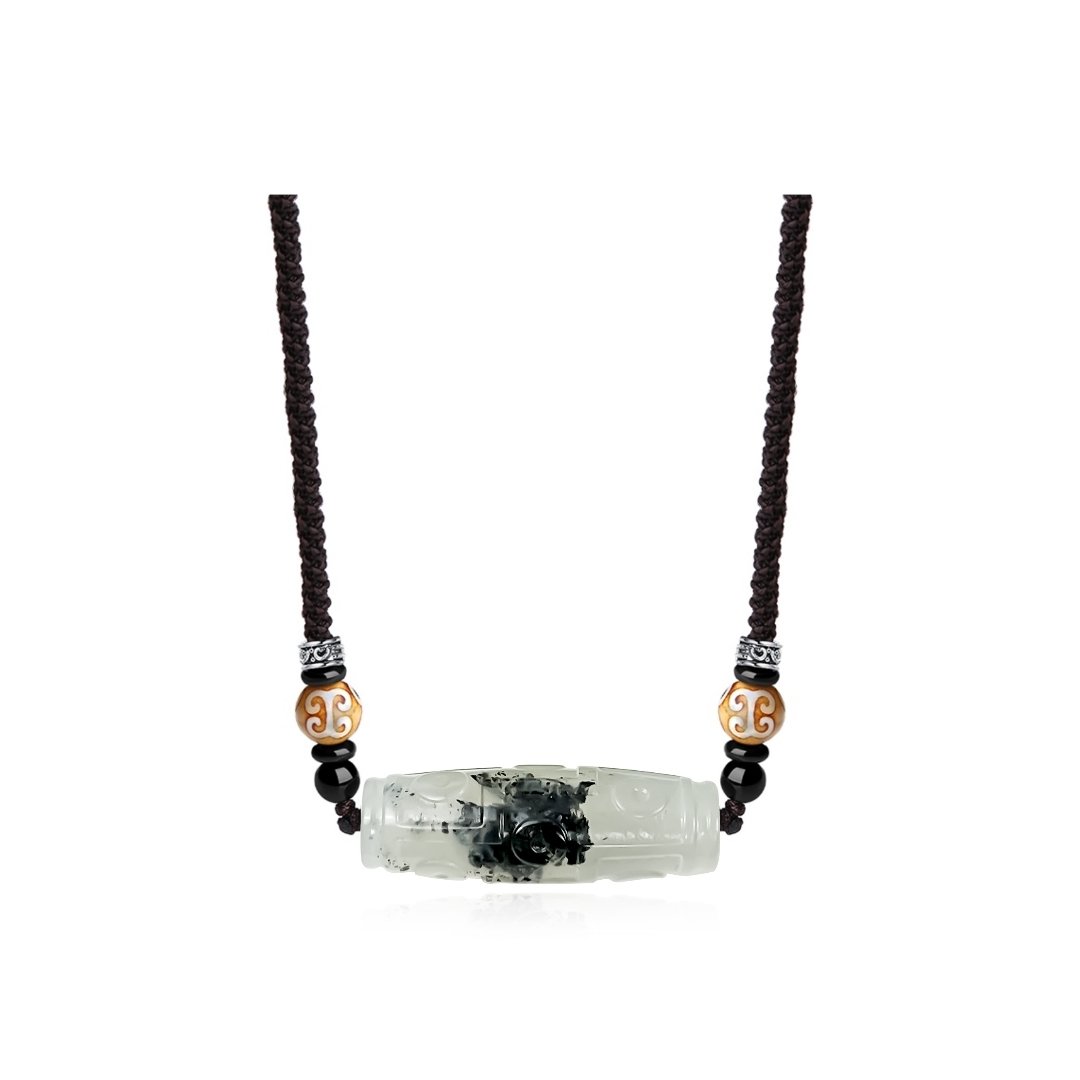blog
The Power of Mood: How Our Emotions Shape Everyday Life

1. Understand your mood and its impact
A person’s mood is an emotional state that can last for hours or even days. It is different from a short-lived emotional reaction, such as being startled by a loud noise or feeling happy when being praised. Instead, mood is influenced by a variety of factors, including biology, personal circumstances, environment, and social interactions. For example, a stressful day at work can lead to prolonged feelings of anxiety or depression. Meanwhile, laughing with friends can instantly brighten your outlook and change your mood.
In addition, certain life events, such as moving to a new city, starting a new job, or dealing with a health issue, can create a strong emotional background that affects our overall mental state. In these cases, identifying the external triggers and internal thought patterns behind our emotions can help us regain control of our emotional well-being.
2. The Ripple Effect on Behavior
When we’re in a good mood, we often approach tasks with optimism and creativity. A positive mood can enhance problem-solving skills, increase resilience in the face of setbacks, and foster stronger relationships. For example, you might tackle a challenging assignment at work with enthusiasm, find it easier to handle minor annoyances, or offer kindness to a friend in need. This sense of positivity can be contagious—people around you may feel more at ease and motivated, leading to an overall supportive environment.
Conversely, a negative mood can cloud judgment, reduce productivity, and strain social interactions. When you feel irritable or low, you may be more inclined to interpret neutral comments as criticisms, withdraw from social engagements, or procrastinate on important tasks. Over time, these behaviors can create a cycle in which low mood leads to isolation or poor performance, which in turn reinforces the negative mood. Recognizing this cycle is the first step to breaking it and restoring emotional balance.
3. Physical Health and Mood
Mood is also closely tied to physical well-being. Stressful emotions can trigger the body’s fight-or-flight response, increasing levels of cortisol and other stress hormones. Over time, this can contribute to health issues such as fatigue, sleep disturbances, and a weakened immune system. On the other hand, positive emotions can release endorphins, the body’s natural “feel-good” chemicals, promoting relaxation and a sense of contentment.
A balanced approach to physical health—including regular exercise, proper sleep, and a nutritious diet—can significantly improve mood. Physical activity, for instance, releases endorphins that reduce stress and anxiety. Consistent sleep supports mental clarity and emotional regulation, while a well-rounded diet provides the nutrients the brain needs to function optimally. By taking care of your body, you create a strong foundation for a more stable emotional state.
4. Strategies for Maintaining a Balanced Mood
Mindful Awareness: Practice paying attention to your thoughts and feelings without judgment. Mindfulness techniques, such as deep breathing exercises or brief meditation sessions, can help you identify the root causes of mood changes.
Social Connections: Spend time with supportive friends, family, or colleagues. Sharing experiences, whether they are joys o
Healthy Outlets: Engage in activities that bring you joy or relaxation, like reading, painting, playing sports, or listening to music. These outlets provide a constructive way to cope with stress and recharge emotionally.
Goal Setting: Break larger tasks into smaller, manageable goals. Accomplishing a few small tasks each day can create a sense of achievement and improve your outlook, even when you’re feeling overwhelmed.
Professional Support: If mood swings or persistent low mood are interfering with your daily life, consider talking to a mental health professional. Therapy or counseling can provide personalized strategies to manage stress, anxiety, or depression.
5. Cultivating Emotional Resilience
Developing emotional resilience—your ability to recover from adversity—can significantly impact your mood and quality of life. People who are emotionally resilient tend to view setbacks as temporary challenges rather than permanent failures. They also practice self-compassion, recognizing that everyone experiences ups and downs. By focusing on what you can learn from difficulties and seeking growth opportunities, you nurture a more optimistic and adaptable mindset.
Product Image Source: vita-balance.net
Conclusion
Mood is not a static force but a dynamic influence that shapes our daily experiences and interactions. When we become aware of how our emotions affect our behavior, decision-making, and physical health, we can begin to manage them more effectively. By integrating mindful awareness, strong social connections, healthy outlets, and professional support when necessary, we lay the groundwork for emotional resilience. In turn, a balanced mood fosters more fulfilling relationships, improved productivity, and a greater sense of well-being in all aspects of life.
The above article comes from:vita-balance.net
Praesent Iaculis sit Vehicula
Lap. 4 Tellus A17-B27
Related Posts
Crystal Classification and Healing Effects
-
Posted by
- 0 comments
Crystal classification
-
Posted by
- 0 comments
When it’s about controlling hundreds of articles, product pages for web shops, or user profiles in social networks, all
Crystal Popularization Articles
-
Posted by
- 0 comments
Creative water features and exterior
-
Posted by
- 0 comments
Minimalist Japanese-inspired furniture
-
Posted by
- 0 comments
The big design: Wall likes pictures
-
Posted by
- 0 comments













